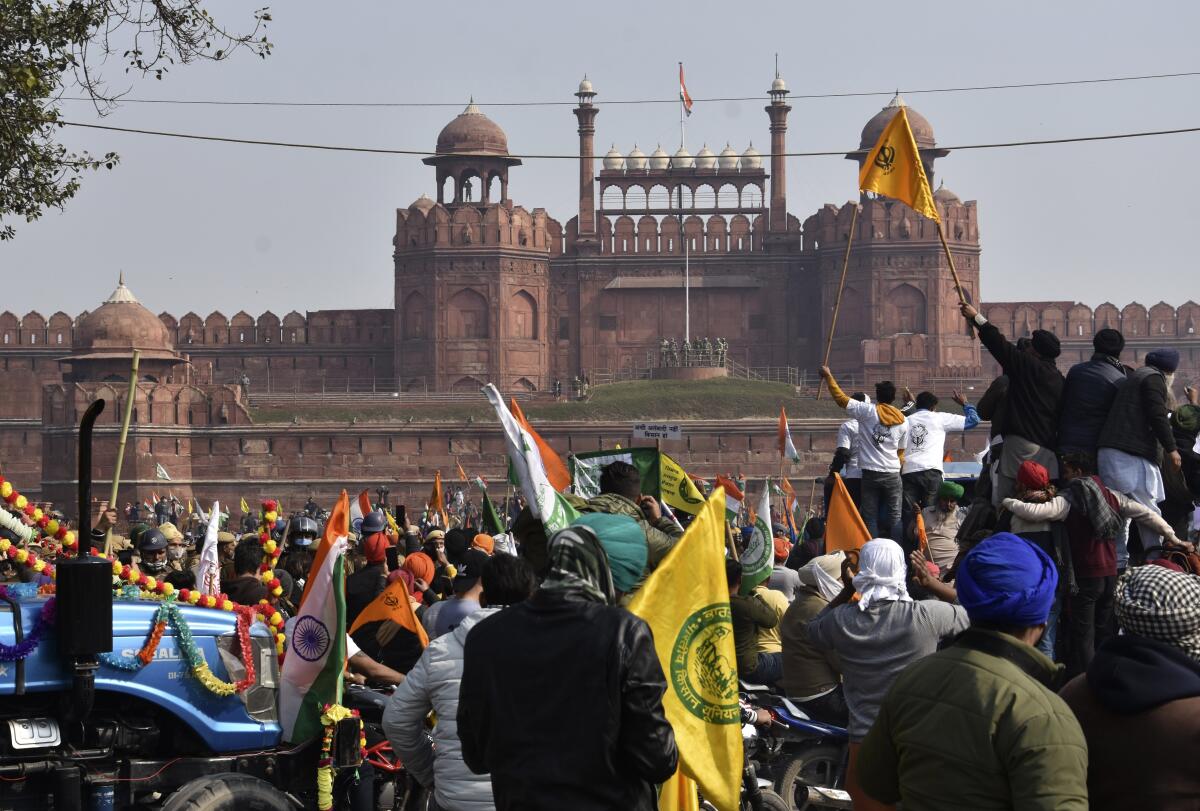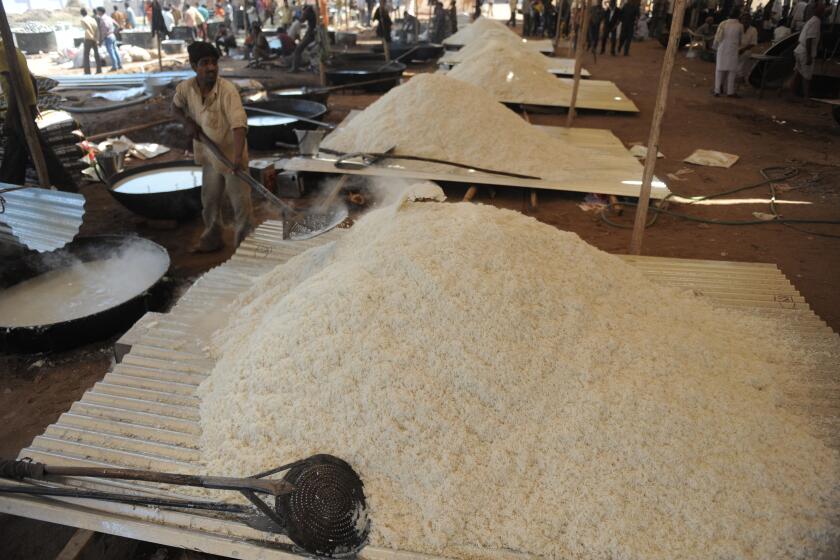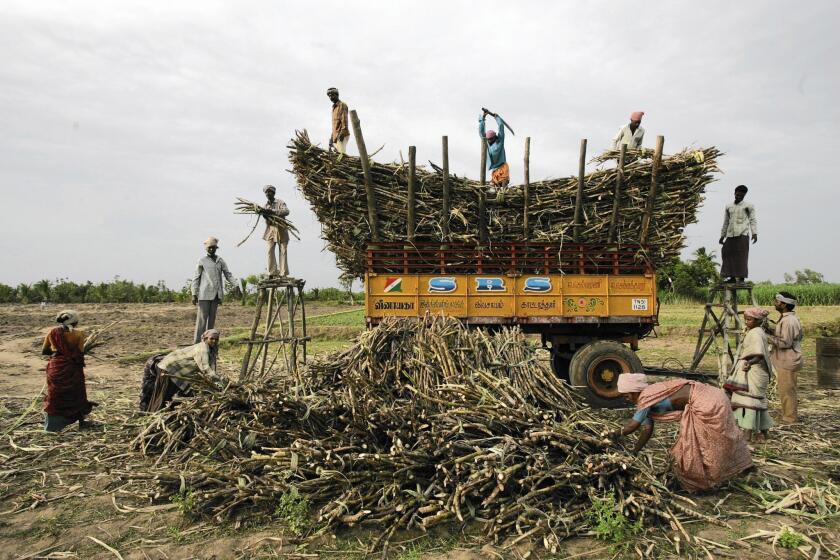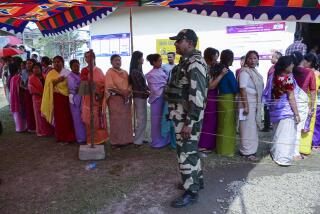Thousands of angry farmers storm India’s Red Fort in huge tractor rally

Thousands of angry farmers drove long lines of tractors into India’s capital on Tuesday, breaking through police barricades, defying tear gas and storming the historic Red Fort in protest of new laws that they say will commercialize agriculture and devastate their earnings.
As India celebrated Republic Day, the demonstrators waved farm union flags from the fort’s ramparts where prime ministers annually hoist the national flag to mark the country’s independence.
Thousands more farmers marched on foot or rode on horseback while shouting slogans against Prime Minister Narendra Modi. At some places, they were showered with flower petals by residents who recorded the unprecedented rally on their phones.
Police said one protester died after his tractor overturned, but farmers said he was shot. Protesters laid his body on the road after draping it in an Indian flag and sat around it. Television channels showed several bloodied protesters.
Leaders of the protest said more than 10,000 tractors joined the demonstration.
For nearly two months, farmers have camped at the edge of New Delhi, blocking highways leading to the north in a rebellion that has rattled the government.
“We want to show Modi our strength,” said Satpal Singh, a farmer who drove into the capital on a tractor along with his family of five. “We will not surrender.”
Riot police fired tear gas and water cannons at numerous places to push back the phalanx of tractors, which shoved aside concrete and steel barricades. Authorities blocked roads with large trucks and buses in an attempt to stop the farmers from reaching the center of New Delhi, but thousands of protesters managed to reach some important landmarks.
“We will do as we want to. You cannot force your laws on the poor,” said Manjeet Singh, a protesting farmer.
Authorities shut some subway stations, and mobile internet service was suspended in some parts of the capital, a frequent tactic of the government to thwart protests.
India’s effort to gain protected status for basmati rice exports in Europe has irked Pakistan, the world’s No. 2 producer.
Modi’s government insists that the agricultural reform laws passed by Parliament in September will benefit farmers and boost production through private investment.
Farmers tried to march into New Delhi in November but were stopped by police. Since then, unfazed by the winter cold, they have hunkered down at the edge of the city and threatened to besiege it if the farm laws are not repealed.
The government has offered to amend the laws and suspend their implementation for 18 months. But farmers insist they will settle for nothing less than repeal. They plan to march on foot to Parliament next week, when the country’s new budget will be presented.
The protests overshadowed Republic Day celebrations, which included a lavish parade, overseen by Modi, along ceremonial Rajpath boulevard. The traditional display of India’s military power and cultural diversity was scaled back because of the COVID-19 pandemic.
It shouldn’t be tough to run into a human being most anywhere in a country of 1.2 billion people.
Republic Day marks the anniversary of the Jan. 26, 1950, adoption of the country’s constitution.
Since returning to power for a second term, Modi’s government has been rocked by several convulsions. The economy has tanked, social strife has widened, protests have erupted against laws perceived as discriminatory and his government has been questioned over its response to the COVID-19 pandemic.
Agriculture supports more than half of the country’s nearly 1.4 billion people. But the economic clout of farmers has diminished over the last three decades. Once accounting for a third of India’s economic output, farmers now account for only 15% of the country’s $2.9-trillion economy.
More to Read
Start your day right
Sign up for Essential California for news, features and recommendations from the L.A. Times and beyond in your inbox six days a week.
You may occasionally receive promotional content from the Los Angeles Times.








